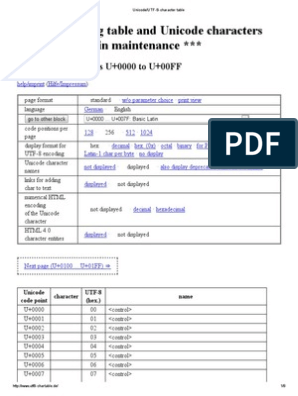0% found this document useful (0 votes)
34 views39 pagesChapter03 0DataRepresentation
Chapter 3 of the Computer Architecture document covers data representation, including positional number systems, binary and hexadecimal numbers, and their conversions. It explains binary addition, subtraction, and the representation of signed integers using two's complement. The chapter also discusses storage sizes and the ranges of signed integers.
Uploaded by
dangloctai00Copyright
© © All Rights Reserved
We take content rights seriously. If you suspect this is your content, claim it here.
Available Formats
Download as PDF, TXT or read online on Scribd
0% found this document useful (0 votes)
34 views39 pagesChapter03 0DataRepresentation
Chapter 3 of the Computer Architecture document covers data representation, including positional number systems, binary and hexadecimal numbers, and their conversions. It explains binary addition, subtraction, and the representation of signed integers using two's complement. The chapter also discusses storage sizes and the ranges of signed integers.
Uploaded by
dangloctai00Copyright
© © All Rights Reserved
We take content rights seriously. If you suspect this is your content, claim it here.
Available Formats
Download as PDF, TXT or read online on Scribd
/ 39























































































